Questions and answers
The softener reduces the hardness of the water or the content of calcium and magnesium salts which give rise to limestone encrustations, thus preserving your plumbing system and the equipment connected to it (washing machine, boilers, taps, shower cubicles, etc.).
A well-made water softener has an average life of 20-30 years, however during its life it requires regular maintenance for it to function regularly.
Reducing limescale in a home brings multiple benefits; among the main ones is the energy saving given by a 5% reduction on the energy bill (electricity and gas). There is a 50% reduction on household and personal detergents, a 10% reduction on the maintenance of household appliances (washing machine), boiler and water system. These benefits lead to an estimated saving of approximately €500.00/year per family.
It requires two types of maintenance:
- Ordinary: which consists of cleaning the salt vat and the more delicate components to be carried out annually or more often if very dirty salt is used.
- Extraordinary: which consists in the replacement of resins and wear parts. It is recommended to carry out this operation every 8-10 years of life.
A water softener is made up of a cylinder containing strong cationic resins. These resins are called this because they are able to retain all the cations present in the water, i.e. Calcium, Magnesium, Iron and Sodium. Above the cylinder there is an automatic valve that manages the operating phases of the softener. During the service cycle the water enters the cylinder and, falling like rain, laps the resin bed and the ion exchange takes place, i.e. the Calcium and Magnesium salts (which are the ones that form limestone) attach to the resin particle, releasing a sodium ion. The process continues until the resins are saturated with calcium and magnesium ions. At this point regeneration is necessary, i.e. the brine is passed through the bed of resins and the reverse process takes place, the sodium contained in the brine attaches to the resin and all the previously captured calcium and magnesium ions are released to the drain.
The proportional softener, unlike classic softeners, only regenerates the saturated resins. This process allows for salt savings of up to 80% and waste water savings of up to 40%.
The salt load depends on the size of the softener and water consumption, it is advisable to check it once a month. To ensure optimal regeneration it is advisable to always have the vat half full
In the market you can find different types of salt: rock, marine, recrystallized. The difference between the various types lies in the degree of impurity that we can find. It is recommended to use recrystallised salt tablets in order to reduce water softener maintenance as much as possible.
No, it only retains Calcium and Magnesium which are the two mineral salts that give rise to limestone formations.
Certainly. The water softener lowers or eliminates the calcium and magnesium content present in the water, releasing some sodium.
The softener releases a sodium content of 4.5 mg/l into the water for every 1°f of hardness retained. The legislation provides for a maximum limit of 200 mg/l of sodium therefore if you lower the hardness by 35-40°f you remain within the drinkability limits.
The water softener can enjoy the following deductions:
- 50% in the case of extraordinary maintenance of the property if it involves structural modifications integrating extraordinary maintenance works of the house and/or related systems (ref. circular 20/E of 2011 of the Revenue Agency)
- 55% – 65% – 90% as towed equipment. In fact, with a view to energy requalification, if the softener is invoiced together with the new heat generator, it can enjoy the same benefits as the latter.
The hardness of water is measured by means of a test with a reagent that causes a color change; based on the number of drops introduced to change the color, the degree of hardness of the water is obtained.
During the journey from the aqueduct to the home, it may happen that sediment or other impurities may enter following breakages or work on the pipes. These particles, once they enter our water system, can create several malfunctions: clogging of the jet aerator, breakage of the mixer cartridges, breakage of the mixing valves, etc… By installing a filter upstream of the system these problems can be eliminated.
There is no fixed timing as it depends on the amount of dirt that arrives. In any case, it is advisable to clean the filter at least once a year.
With a water refinement system installed under the kitchen sink you always have the highest quality water available. You can say goodbye to the hassle of carrying heavy cases of water and having empty bottles to dispose of. Less effort, less waste, less pollution.
The reverse osmosis system is a system capable of retaining up to 99% of the polluting substances present in the water such as heavy metals, nitrates, phosphates, sediments, chlorine and others, thus guaranteeing a very high quality of the water you will receive. drinking.
No, SAE reverse osmosis systems are equipped with a particular regulation system capable of adjusting, to your liking, the fixed residue you want to have.
The salinity of the water leaving the reverse osmosis system can be measured using a simple electronic tester called a conductivity meter.
